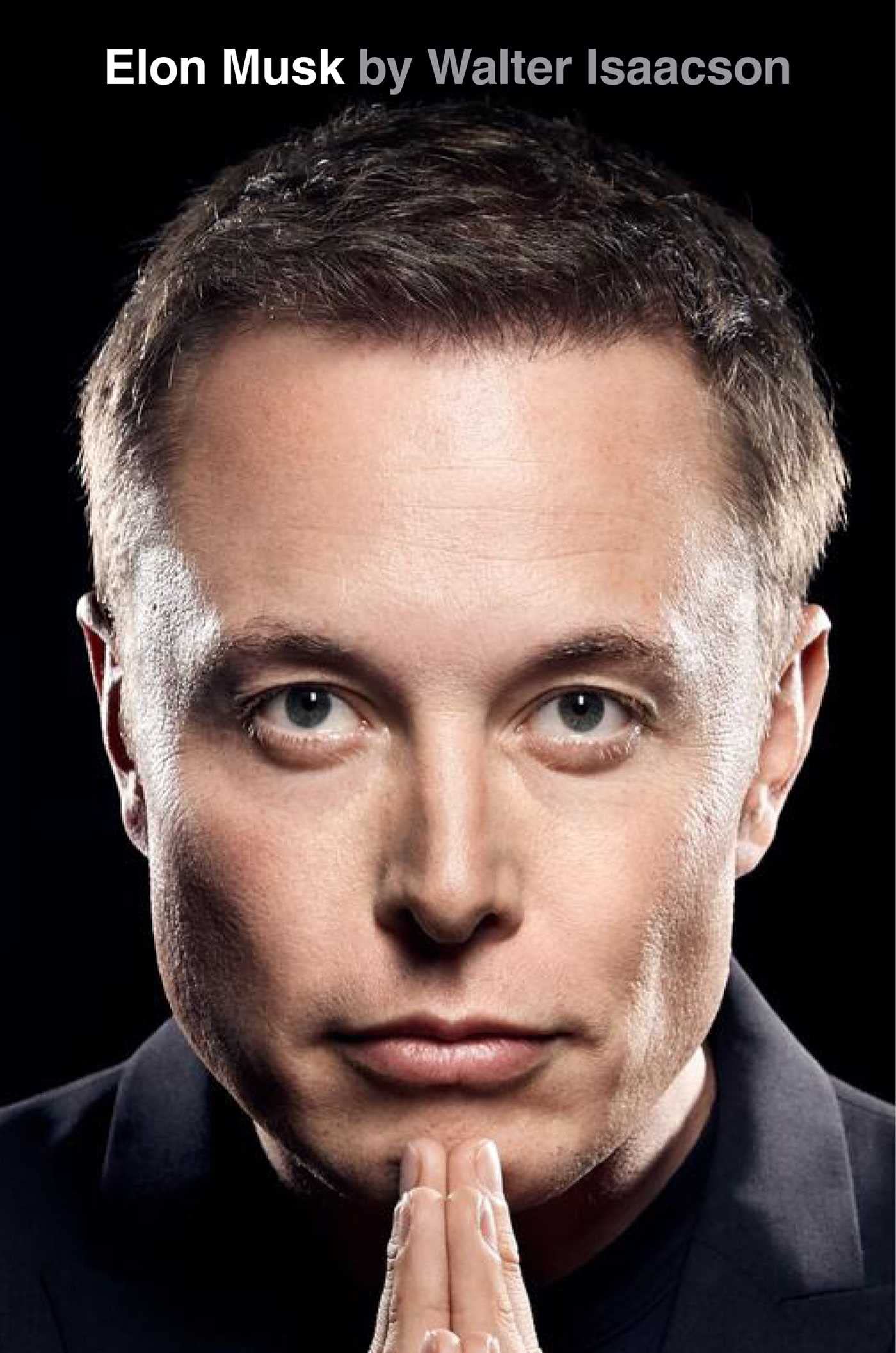43. The Boring Company
byThe Boring Company was conceived in late 2016 when Elon Musk, during a trip to Hong Kong, found himself discussing urban congestion with Jon McNeill, Tesla’s then-president of sales and marketing. The conversation revolved around the limitations of traditional roads and the need to think beyond surface-level infrastructure. Musk envisioned a future where underground tunnels could alleviate traffic, creating a three-dimensional network of roadways beneath cities. Intrigued by the idea, he reached out to Steve Davis, a SpaceX engineer, and tasked him with researching cost-efficient tunneling methods that could make this vision a reality. Davis quickly proposed using standard tunneling machines but suggested streamlining the process by reducing unnecessary reinforcements, estimating that each machine could cost around $5 million.
Upon returning to Los Angeles, Musk’s frustration with traffic intensified, leading him to publicly announce his plans for a tunnel-digging venture via Twitter. At first, the tweet seemed lighthearted, with Musk joking about starting a company dedicated to boring tunnels, but the idea quickly materialized into an official project. Naming it ‘The Boring Company’ in typical Musk fashion—blending humor with functionality—he set out to revolutionize transportation infrastructure. While his Hyperloop concept, a high-speed vacuum tube transit system, remained largely theoretical, The Boring Company sought to implement underground tunnel networks as a practical solution to city congestion. The plan was ambitious, but Musk believed that by improving tunneling efficiency and dramatically lowering costs, large-scale underground transit systems could become a reality.
As the project gained momentum, Musk’s team started digging a test tunnel near SpaceX headquarters in Hawthorne, California. Unlike traditional tunnels, which required extensive reinforcement and high costs, The Boring Company aimed to cut construction expenses by developing innovative boring technology. Musk proposed reducing tunnel diameters, speeding up drilling, and using extracted soil to create interlocking bricks for structural applications. This approach not only minimized waste but also aligned with Musk’s philosophy of optimizing efficiency in every aspect of engineering. Early tests demonstrated promising results, reinforcing the idea that a faster and cheaper tunneling system was achievable.
In parallel, Musk’s Hyperloop competition encouraged students and engineers worldwide to contribute ideas for high-speed travel, further solidifying his belief in the future of underground transportation. While The Boring Company focused on creating urban tunnels for cars and high-speed pods, Hyperloop remained a separate initiative pushing the boundaries of intercity transit. Musk envisioned a world where people could travel seamlessly, whether through high-speed underground tunnels in cities or near-supersonic tubes across long distances. The fusion of both concepts painted a bold picture of the future—one in which urban congestion and inefficient travel became obsolete.
Despite skepticism from city planners and transportation experts, Musk remained undeterred, pushing forward with regulatory approvals and proof-of-concept demonstrations. By 2018, The Boring Company had developed the first operational test tunnel in Hawthorne, showcasing how underground networks could ease traffic in dense metropolitan areas. Future projects, including potential tunnel systems in Las Vegas and Washington, D.C., hinted at the company’s broader ambition to transform the way cities manage congestion. Musk’s persistent drive to reinvent transportation, whether through Tesla’s electric vehicles, SpaceX’s interplanetary ambitions, or The Boring Company’s underground networks, underscored his commitment to solving some of humanity’s most pressing mobility challenges.
Through The Boring Company, Musk once again demonstrated his ability to take a casual idea and turn it into a full-fledged industry disruptor. His ventures consistently challenge the status quo, forcing industries to rethink outdated methods and embrace innovation. As The Boring Company continued refining its tunneling technology, the prospect of seamless underground travel became less of a fantasy and more of a tangible reality. With Musk at the helm, the future of transportation was not just about getting from one place to another—it was about reimagining how cities functioned in an increasingly crowded world.


